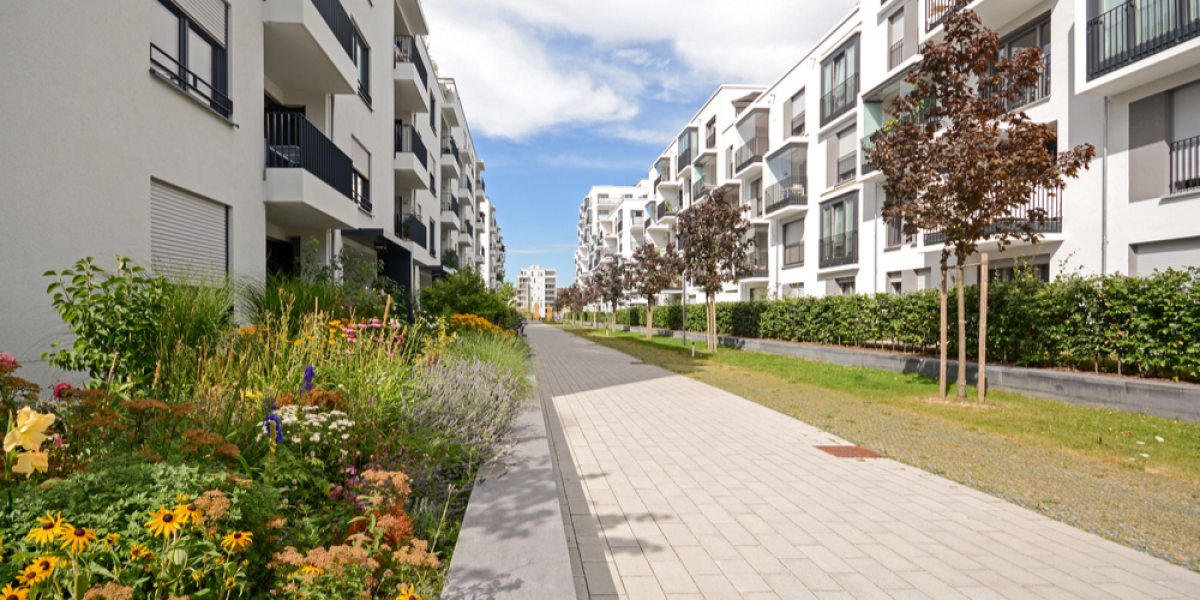Image Commercially Licensed from: DepositPhotos
In recent years, the growing frequency of natural disasters and unforeseen crises has underscored the critical importance of resilient urban planning. This article explores the strategies employed in urban planning and real estate development to enhance cities’ resilience against various challenges, including natural disasters and unforeseen crises.
Emphasizing Preparedness
Urban planners are increasingly prioritizing preparedness as a cornerstone of resilient cities. This involves meticulous risk assessment and incorporating preventive measures in urban development. By identifying vulnerable areas and implementing proactive measures, cities can significantly minimize the impact of disasters.
One key aspect of resilient urban planning is the integration of sustainable infrastructure. Developing cities with energy-efficient buildings, robust transportation networks, and eco-friendly utilities not only promotes environmental responsibility but also ensures that essential services remain operational during crises.
Crisis-Resistant Real Estate Development
Real estate developers play a pivotal role in fostering resilience. The construction of buildings designed to withstand natural disasters, coupled with the use of advanced materials, contributes to the overall robustness of the urban landscape. Additionally, strategic location choices and adherence to safety standards further bolster a city’s ability to endure unexpected challenges.
Balancing Resilience with Affordability
While prioritizing resilience is crucial, it is essential to strike a balance with affordability in urban planning. The cost of implementing cutting-edge technologies and materials can sometimes hinder the development of affordable housing, potentially exacerbating social disparities.
Strategies for Resilience
Community Engagement and Awareness
Resilience extends beyond physical infrastructure; it encompasses community engagement and awareness. Cities are implementing programs to educate residents about emergency preparedness, fostering a sense of collective responsibility in times of crisis.
Adaptive Land Use Policies
Flexible land use policies that can adapt to changing circumstances are vital for resilient cities. These policies empower urban planners to respond swiftly to emerging challenges, adjusting zoning regulations and land use plans as needed.
Integrating Technology
In the digital age, technology plays a pivotal role in enhancing urban resilience. From advanced early warning systems to smart infrastructure management, leveraging technology ensures a rapid and coordinated response to crises.
Resilient cities are the product of meticulous urban planning and strategic real estate development. By emphasizing preparedness, integrating sustainable infrastructure, and fostering community engagement, cities can enhance their ability to withstand natural disasters and unforeseen crises. However, it is crucial to strike a balance between resilience and affordability to ensure inclusive urban development.
The ever-evolving challenges faced by cities necessitate a proactive approach to urban planning. Resilient cities are not just resistant to crises but are also equipped to recover swiftly, minimizing the long-term impact on residents and infrastructure. As urbanization continues, prioritizing resilience remains a fundamental principle for sustainable and secure city development.




